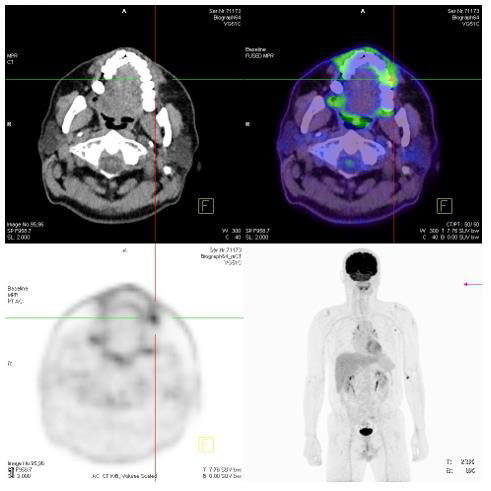Abstract
Introduction: Values of different parameters for correction of distal #radiusfracture is well defined, except for #ulnarvariance (UV) which
demonstrates variant morphologic values between individuals.
Purpose: Correction of radial length in wrist’s fracture is
more reliable if we consider the UV aspect of the contra-lateral side as
reference.
Materials and methods: Prospective study on all patients
presented between 2013 and 2016 with #extra-articular (Kapandji type1 and
2)
and simple #intra-articularfractures (Kapandji type4) of wrist and
treated by Kapandji technique where contra-lateral UV was used as
reference
for correction of radial length. Radiographic evaluation of results done
6 months post-operatively.
Results: 95 patients, 61 females, 34 males with mean age 59.
In fractured side, the UV was: Neutral (63), Positive (19) and Negative
(13).
From 65 initial neutral UV, 58 restored the neutral aspect (89%), 4
became positive (6%) and 3 became negative (5%). From 18 initial
positive
UV, 15 restored the positive aspect (83%), 3 became neutral (17%). From
12 negative UV, 10 restored the initial negative aspect (83%), 2
became neutral (17%). The contra-lateral UV was: Neutral (65), Positive
(18) and Negative (12). Considering the neutral aspect as standard
reference for reduction, 63/95 obtained good reduction. Comparing
corrected UV to contra-lateral side, 83/95 cases restored the initial
aspect
and 6 cases were over lengthened.


No comments:
Post a Comment
Note: Only a member of this blog may post a comment.